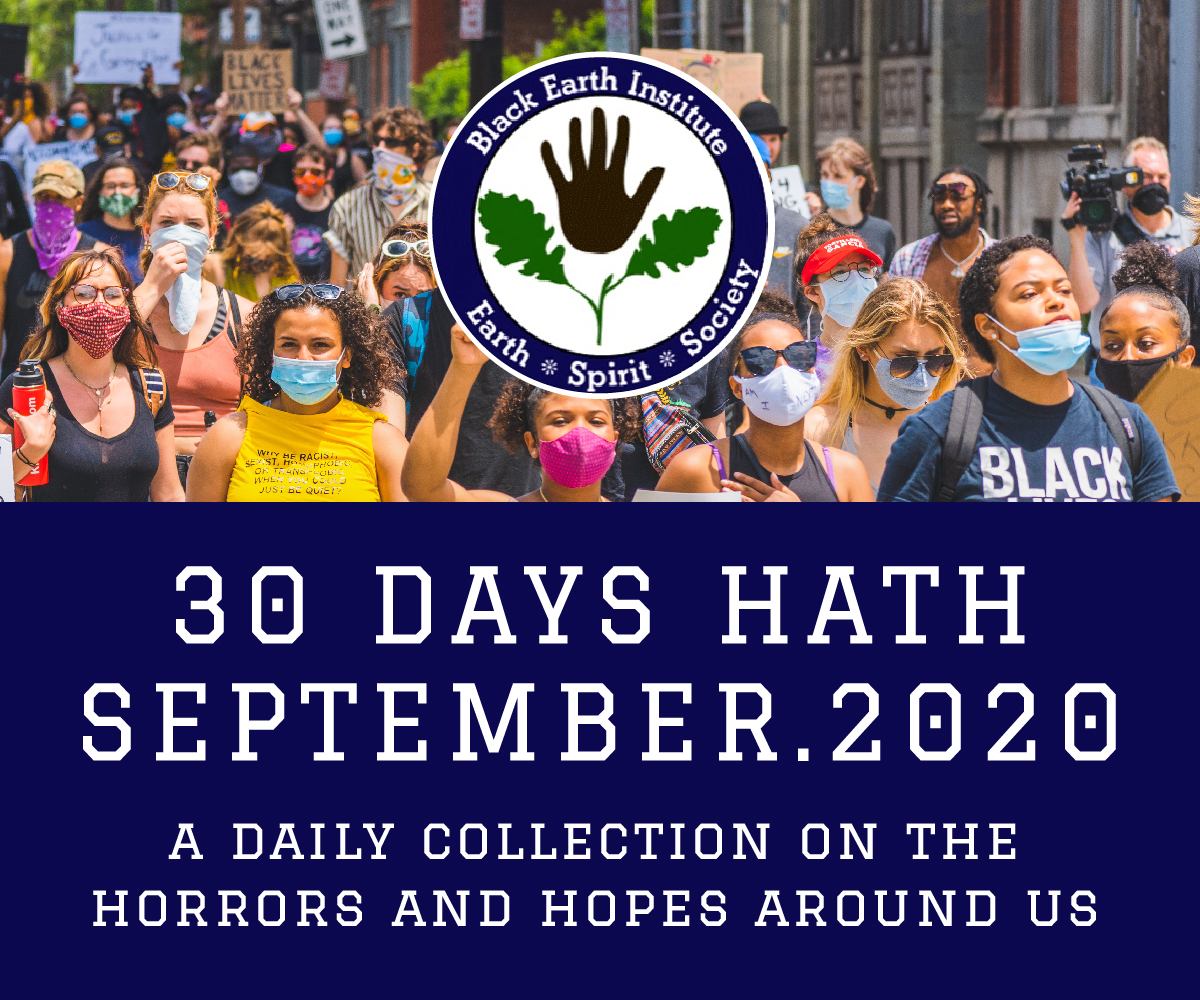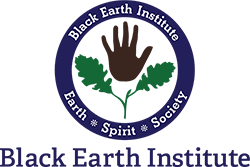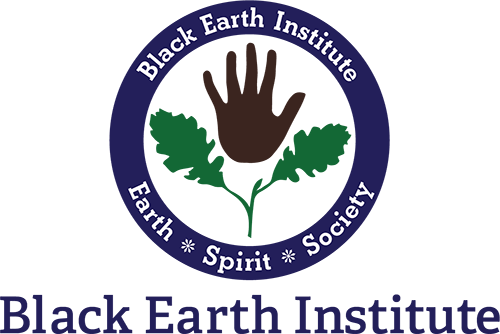
By Kathleen Sweeney
The sky transitions from saffron to rose to velvet blue as we dip the paddles in a rhythmic tandem, loose on the grip, effortless in aspiration, a small trio of kayaks traversing the glassine surface of the river at slack tide, the blinking lights of the bridge in the distance connecting the Manhattan highlands to the Palisades cliffs of New Jersey.
Two slender orange singles and one double, forest green. Frances, with her muted storm of dark curly hair, stops to extract a plastic bottle and a shiny floating chips pouch into her trash patrol bag secured with bungee cord webbing on the front of the boat. She points to the plethora of wayward sticks and small branches floating on the surface, clustered like the remains of myriad broken baskets. Erhan guides the group through this small chaos of detritus. Likely it was the hurricane. It’s his last expedition before returning home to Turkey, to rest in quarantine near his son in Istanbul before quarantining again, in Paris, with his new girlfriend.
Sitting in the front of the double, I synchronize double-strokes with my husband Jeff, an experienced paddler, rhythmically keeping pace with the two other kayaks. Behind us, v-cut patterns mark ephemeral etches in the surface of the Hudson River. We bob over sudden waves, navigating the wake of wayward Jet-skis returning to unseen docks in Fort Lee or Jersey City, then continue on across the expanse under a new moon in Leo, a relative quietude of light.
A giant tanker upriver increases the speed of our arm-reaching arcs, the steady blades pulling at the surface of the water. The giant vessel remains moored, bobbing at anchor, its apparent stealthy southward motion an illusion cast by the ebbing sunset. We take an in-breath and slow our pace.
I never crossed the vast Hudson before. I remain wary of oversized ships moving through like roving hotels dislodged from geographies, colossal entities on industrial missions, churning through waters that once belonged to Lenape canoes. The currents once teemed with shad and crabs and river eels, turtles, minnows, with millions of shore birds and raptors soaring, dipping in for sustenance. Reports of sturgeon returning fills conversations at the boat club, along with other sightings: a pair of Osprey nests, bald eagles catching river bass. Fisherman cast their lines from the rocky edges in folding chairs, ever hopeful despite warnings not to eat the fish too frequently, too much risk of PCBs. They say the Hudson is cleaner now than in the 70s, before they invented the EPA.
Nearing the wooded parkland on the New Jersey side, a choir of cicadas names the late summer, a canopy din extending beyond cities, beyond time, to a front porch swing I once inhabited in a New York river town with a glimpse of the same Hudson. As I paddle closer, sensory triggers time travel even farther, to the Long Island deck my father built, where cicadas sang in the night trees, surrounding me with audio August. Late at night, returning from beach bonfires, barefoot over the warm asphalt streets, katydids soundscaped the oak trees as moths batted wings against the kitchen screens.
And now, this sudden night woods cacophony rises from the urban waterway with miraculous din against the ever-electric backdrop of our progress. The jewel box of Mid-Manhattan comes into view, its skyline altered, almost unrecognizable. Recent pre-pandemic additions, those half-completed skeleton towers, attempting to penetrate forever zones of progress, now paused, half-breathing in suspended time.
Kayaking an active night river requires near constant arm motion, the muscles fully mobile as we close in on the ancient walls lining the Palisades built by scions of the early Anthropocene, their names still legacy as parklands gifted to the state. Layers and lines of roughhewn industrial era cubes remain, large chunks of stone put into place by crowbars, donkey carts and human sweat to form this river wall. Arch-formed aqueducts of mortar and cut stone appear at intervals, channels of the estuary sluicing through them, under the cliffs to nowhere.
Cicadas fill the entire atmosphere, increasing in volume as evening encroaches. A collective humming emanates from the invisible green land gone near-black in the absent moonlight, a wall of mountainous cliffside, a nearly impossible naturescape connected by proximity to this massive metropolis of millions. Along the path above the shoreline, flashlight fireflies bounce with liminal twilight joggers: girlfriend pairs murmuring, couples rolling strollers, dogwalkers clinking leashes, all shadow-blurs within the audacious canopy of sound.
Further south, lit-up trucks and cars pass back and forth across the metallic geometry of the George Washington Bridge, its gleaming erector set light show muting the rev of the fossil-burning engines, obscuring the smoke wisps of diesel exhaust pipes. Beyond it, the urban contours of Mid and Lower Manhattan. The biggest city in America has not silenced the katydids. The two worlds continue to coexist, wilderness speaking the rhythms of insect wings vibrating the night trees, making symphony.
In Corona times, the air has never been so smog-free in New York City, enhancing the tonality of colors, even after dark. Splay pattern clouds spread out across the expanse of velvet cerulean sky, brighter, whiter now in the absent lunar light. Even stars appear this far north in Manhattan, visible pinpricks of the intergalactic. We pivot a gaze toward Jupiter above the Art Deco buildings of Hudson Heights. And there’s Mars. And there’s Venus.
The tips of our prows hover close together, lightly bobbing as a tugboat passes slowly, purposefully, its column of mint and lemon lights transecting the river’s mid-point. As it lumbers further south beyond us, we paddle again, faster now, steadily back toward the New York side, or the flood tide will push us past the boat house. We shoulder blade onward toward the strings of festive lights, as the red eye lamp glows from the Cloisters tower above, a north star beckoning us back to shore. We navigate the inevitably delayed wake waves, tiny hills left by the tugboat, a rippling residue. Beyond us, the cargo passes under the bridge’s arched horizon toward the New York Harbor. Perhaps it will dock somewhere near the Battery, or head out to the open sea.
We angle at forty-five degrees toward the reappearance of the dock, as members of the canoe club descend the ramp to greet us. We take turns paralleling the boats up, cozying the edge, steadying the vessels for exit.
Ilya asks if we’ve seen the phosphorescent creatures rumored swimming in the estuary. He and Steve saw them last night. We pull the boats up out of the river one by one, then peer over as he dips his hand in to swirl the water, seeking luminescence. A hint of glow appears, then disappears. Was it a moonglow jellyfish or a glint from the Inwood spotlights? No one is quite certain.
But the four of us heard the cicadas. Hand gestures cast waves in the air, attempting to recapture the sound.
Kathleen Sweeney is a New York City-based writer and multimedia artist. An Assistant Professor of Media Studies at The New School, she has received grants for multimedia storytelling projects from the National Endowment for the Arts, New York State Council for the Arts and Ford Foundation, with funded residencies at Virginia Center for Creative Arts, and Cill Rialaig, County Kerry, Ireland. A recent essay and photography, “Ovary Actions” on the Women’s Marches have been published in Afterimage, and photographs of recent protest movements at The Nation blog. She is the author of a book on pop culture and teenage girls, Maiden USA and has been cited in the New Yorker, Gannett News and other publications on girl culture and viral media and has published essays and film reviews at Women’s Media Center, Women and Hollywood, and IndieWire.

